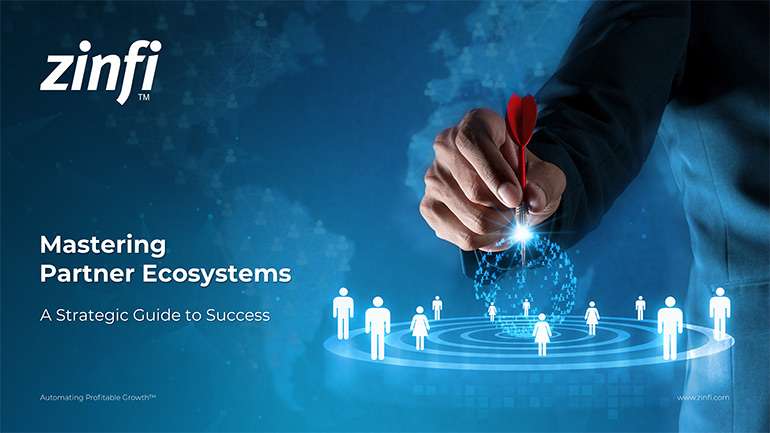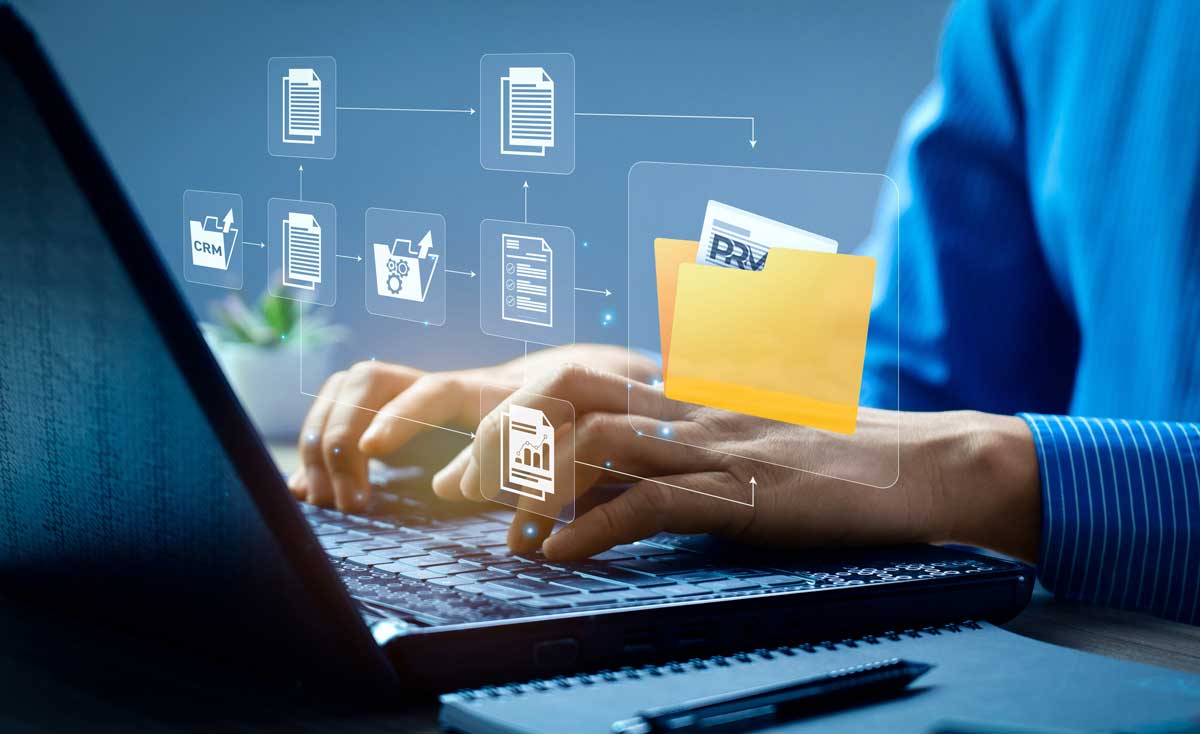Best Practices Articles

When Channel Sales Is a Bad Idea
A network of channel partners can provide enormous value to an organization seeking to scale its reach and extend services to end customers. This is true both in the consumer and the business segments. However, there are instances where attempting channel sales is a bad idea and does more harm than good. In this article we will explore the potential downside to channel sales.
Before we begin, however, let’s spend a few minutes describing some scenarios where a network of partners can add value in driving channel sales.- First, channel sales be a big help in solution selling when your product is part of a broader solution. For example, if you sell french fries, but your customer needs a burger and a soda to have a complete meal, then you need someone who can put an entire solution bundle together. We see this kind of bundling in nearly every segment. Examples include hospitality (hotel/airline/car bundles), insurance (health/home/car) and telecom (cable, wireless, etc.).
- Second, if your product requires a lot of incremental post-sales support, then it is better to build a channel sales motion with a network of channel partners that can provide continuous engagement with clients. The accounting segment is a good example: If you are selling tax preparation software, your clients will need a lot of support during tax time, and you may or may not have capacity to scale your support services up to that level during such a busy period. A partnership within a channel network can bring in additional capacity and solve that problem.
- Third, when you would like to help customers switch from your competitor’s installed base of solutions to yours, channel sales can play an incredibly important role. A partner who already has a relationship with the client base can play the role of a trusted advisor, and provide both pre- and post-sales support. We see this frequently in the technology segment, where an installed base of partners will move their client over from one technology provider to another in a seamless fashion. A vendor selling directly will likely struggle to do that on its own.
I could go on and talk about the many other benefits of the channel sales model, but now I’d like to return to the primary focus of this article.
Channel sales can be a really bad idea in certain scenarios. Your organization may not like it, but sometimes you have to acknowledge reality and make hard decisions in order to protect the integrity of your brand and reputation. This is true not only with respect to the perceptions of partners, but also of end users.
- First, if your organization is not fully committed to a channel model, and is primarily a direct sales organization, attempting channel sales can quickly put you in critical failure mode. A model in which you are attempting to get 20% of your revenue from the channel while your direct team is generating 80% from the same products and services simply isn’t going to work. This model kills relationships fast. It creates perpetual conflicts internally and externally, and there is no “win” at the end of the tunnel. Sometimes direct sales organizations will acquire channel-driven companies, but they make the mistake of not allowing the acquired entity to run independently, and they try to bring solutions over to direct sales by using tactics like segmenting the customer base. This is a recipe for disaster. There are very few organizations that have been successful with this hybrid model; those that do see a measure of success have been able to clearly separate products and solutions to eliminate channel conflict.
- The second critical failure mode is lack of investment in the channel. You can absolutely scale via the channel, but it requires a minimum level of infrastructure investment (people, processes and automation) to truly serve the channel. If your products are hard to sell directly, then selling them indirectly only amplifies the difficultly a hundredfold. If you don’t have a realistic picture of the investment you must make in order to start getting a return, channel sales success is just a fantasy. Think about it as building a bridge over a river—a very large one. Until the bridge is built, you cannot cross to the other side. The channel can extend your reach and serviceability, but you must build the bridge first. If you cannot invest in appropriate infrastructure, you are better off focusing and selling directly until you have sufficient revenue, profit or external investment to support a channel-based go-to-market model.
- The third and ultimate failure mode is launching products and services that are not fully baked. We see this all the time. Startup teams get excited and adopt a channel sales model early on, only to find that they have disappointed their partner base and blemished their reputation in the industry. If you want to scale failure fast and make everyone aware that your products and services don’t work, a sure way to do that is via channel sales. Before you implement a channel model, you must at least have a core value proposition that is reproducible and repeatable. Many technology companies go headlong down this path of adopting the channel-based sales model without realizing they haven’t figured out the use cases, and the cost and support infrastructure requirements are overwhelming. Take time to bake the cake fully before you engage.
Best Practices Guidebook
 Winning with Partner Advisory Councils: Best Practices for Partner Engagement & Growth
Winning with Partner Advisory Councils: Best Practices for Partner Engagement & GrowthDownload Guide
 The Future of Partner Ecosystems Best Practices
The Future of Partner Ecosystems Best PracticesDownload Guide
 The AI Revolution: How Technology and Talent are Shaping the Future
The AI Revolution: How Technology and Talent are Shaping the FutureDownload Guide
 Top 105 Partner Management Metrics that Matter Best Practices
Top 105 Partner Management Metrics that Matter Best PracticesDownload Guide
 Mastering PRM Integration Best Practices
Mastering PRM Integration Best PracticesDownload Guide
 Building a Sales Partner Portal with Salesforce Best Practices
Building a Sales Partner Portal with Salesforce Best PracticesDownload Guide
 Building and Managing Partner Ecosystems Best Practices
Building and Managing Partner Ecosystems Best PracticesDownload Guide
 Mastering Co-Marketing and Co-Selling Best Practices
Mastering Co-Marketing and Co-Selling Best PracticesDownload Guide
 Transforming Partner Ecosystems Best Practices
Transforming Partner Ecosystems Best PracticesDownload Guide
 Mastering Partner Ecosystems Best Practices
Mastering Partner Ecosystems Best PracticesDownload Guide
 Mastering Partner Onboarding Best Practices
Mastering Partner Onboarding Best PracticesDownload Guide
 Partner Ecosystem Management Best Practices
Partner Ecosystem Management Best PracticesDownload Guide
 B2B Marketing in the Age of Intelligence Best Practices
B2B Marketing in the Age of Intelligence Best PracticesDownload Guide
 Multi-Partner Co-Selling Best Practices
Multi-Partner Co-Selling Best PracticesDownload Guide
 A Guide to Enhance Channel Sales Efficiency
A Guide to Enhance Channel Sales EfficiencyDownload Guide
 Mastering Affiliate Marketing Best Practices
Mastering Affiliate Marketing Best PracticesDownload Guide
 The Ultimate Guide to Channel Partner Management
The Ultimate Guide to Channel Partner ManagementDownload Guide
 Top 10 Trends in 2024 Partner Relationship Management
Top 10 Trends in 2024 Partner Relationship ManagementDownload Guide







